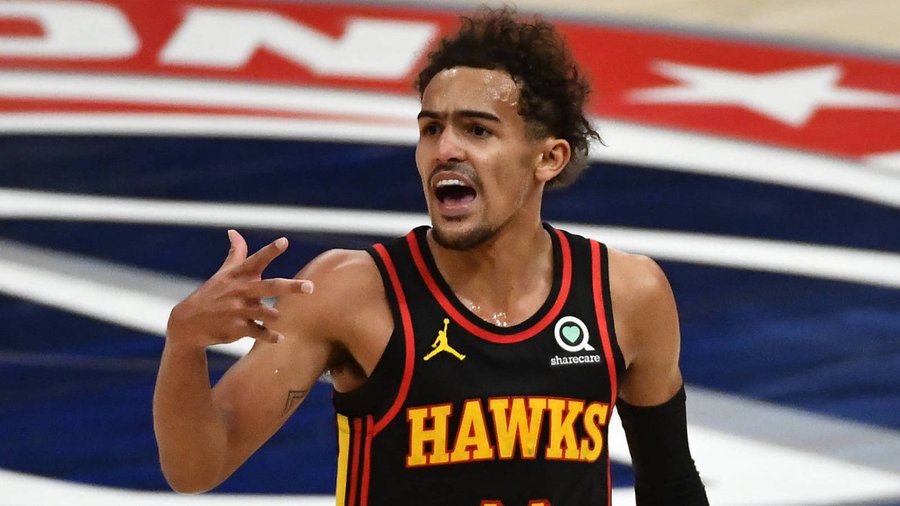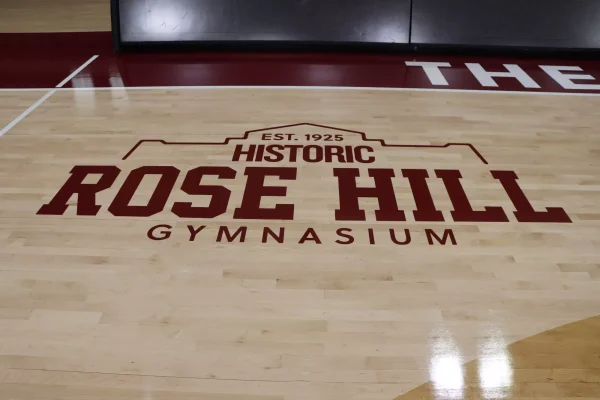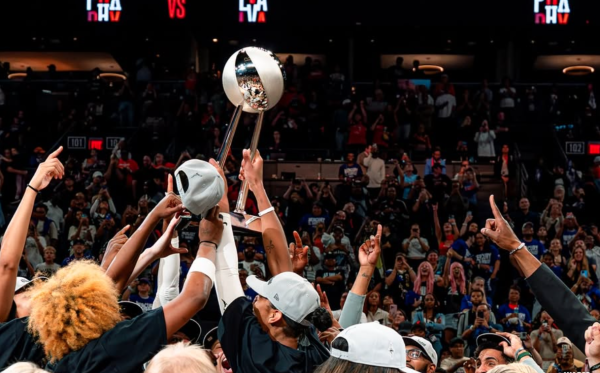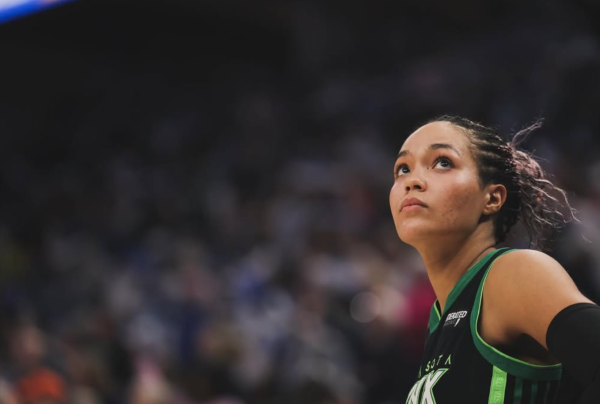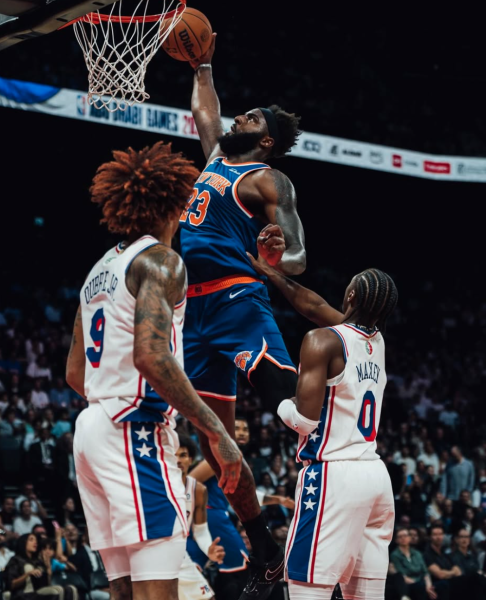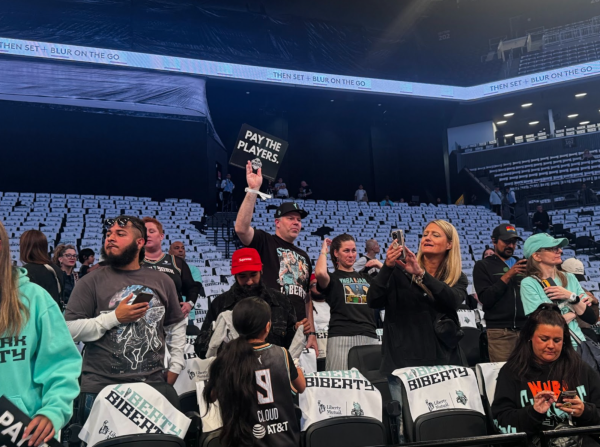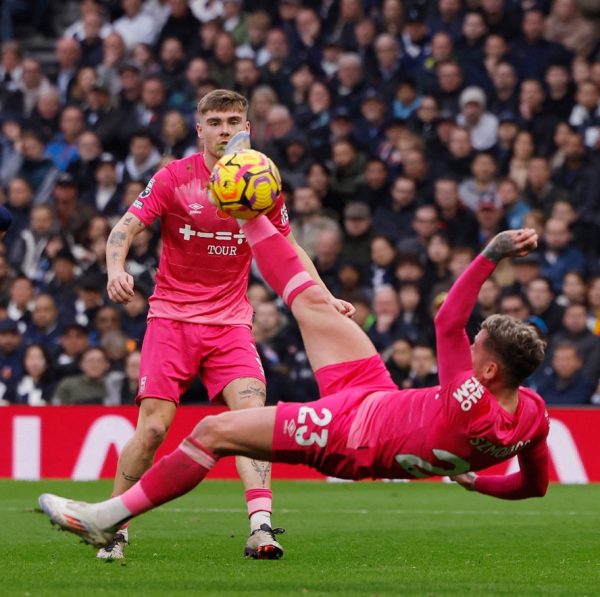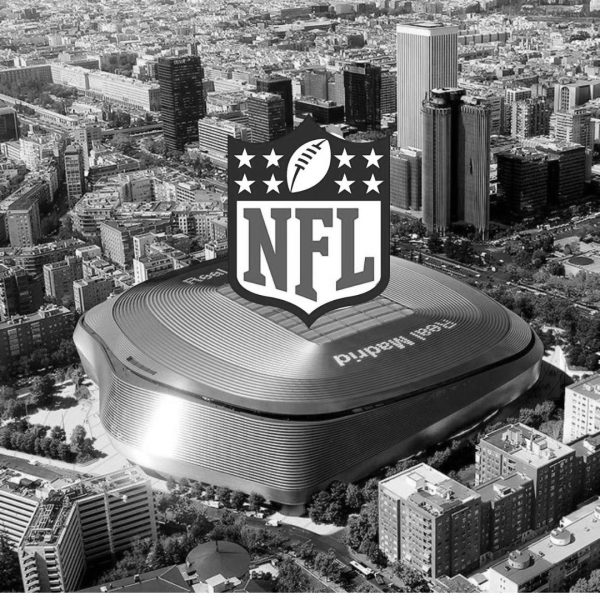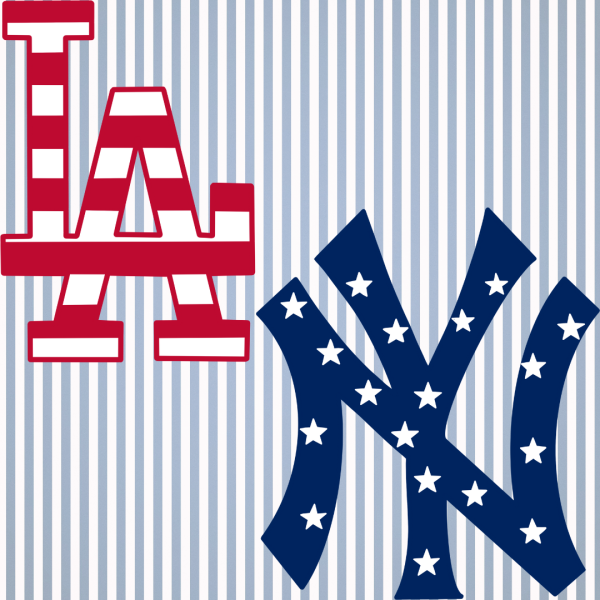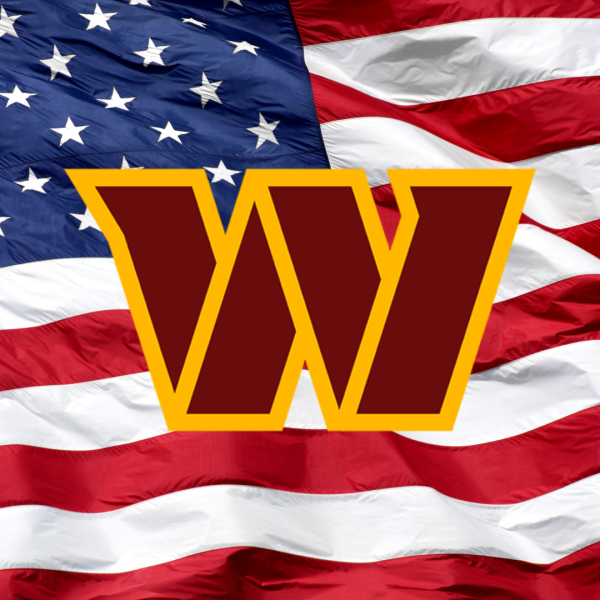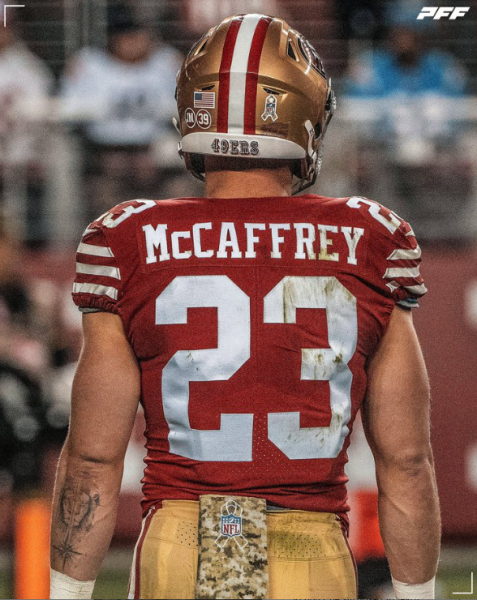Foul Play
On Jan. 21, 2021, the New York Knicks secured their third consecutive win against the Golden State Warriors with a final score of 119-104. One of the contributing factors for this underwhelming performance by the Warriors, who were seeking to extend their winning streak, was the ejection of their defensive anchor and floor general, Draymond Green. The game ended with a season-high of 55 total fouls which was considerably higher than the combined average number of fouls committed per game for both teams, the Knicks averaging 20.7 and the Warriors at 21.6.
The increase in fouls called per game in the NBA has not gone unnoticed. Statistically, the Free Throw Attempt Rate (FTR) — a team or player’s ability to draw fouls, get to the free-throw line and make the foul shots — has increased noticeably from the 2019-20 to 2020-21 seasons. The Association and its referees have become more protective of players on both sides of the basketball, especially the offensive end.
As referees continue to blow their whistles at this rate, many clear implications follow. Calling excessive fouls slows the game’s pace, which extends the overall length of the televised game. This also leads to a decrease in viewership as NBA games will last significantly longer than the average of 2 hours and 30 minutes for a 48-minute regulation game. Ultimately, protecting players, specifically on the offensive side of the ball, comes at a cost for the overall pace, viewership and quality of the game.
The conversation of calling and drawing fouls is not complete without Atlanta Hawks point guard Trae Young. Since the 2019-2020 shortened season, Young has maintained an average of above nine free throw attempts per game. Currently, the star guard is one of only three players to lead the NBA with over 300 free throws attempted.
Young’s frequent visits to the charity stripe are largely credited to his signature ability to draw illegal contact from defenders. Notoriously known for his strategy to drive past defenders, come to a quick and unexpected stop and initiate contact from the defender with their momentum, he has frustrated many opposing players and coaches. Young’s mastery of this skill has made it difficult for opponents to guard his playstyle without the risk of hearing a whistle. Averaging 26.4 points per game while struggling to shoot from behind the arc this season, it seems that getting to the free-throw line has become one of Young’s priorities on every offensive possession.
Young’s game plan has drawn the league’s attention. There is an obvious distaste in the way he intentionally seeks to draw fouls and place the game on the referees’ whistles. One of Young’s foul-seeking strategy’s more surprising oppositions was from his head coach, Lloyd Pierce, who was fired midseason on March 1.
The general disfavor towards Young’s approach could be an explanation for his absence in the All-Star conversation. The 22-year-old phenom is the only player that’s top ten in scoring and top five in assists that was not voted an All-Star.
At this point, the future star’s overall statistics place him among the best in the NBA. However, Young wasn’t even selected to replace injured All-Star candidates. What does the silence around his name mean? One can only assume that it’s his opposed style of play.





































































































































































































